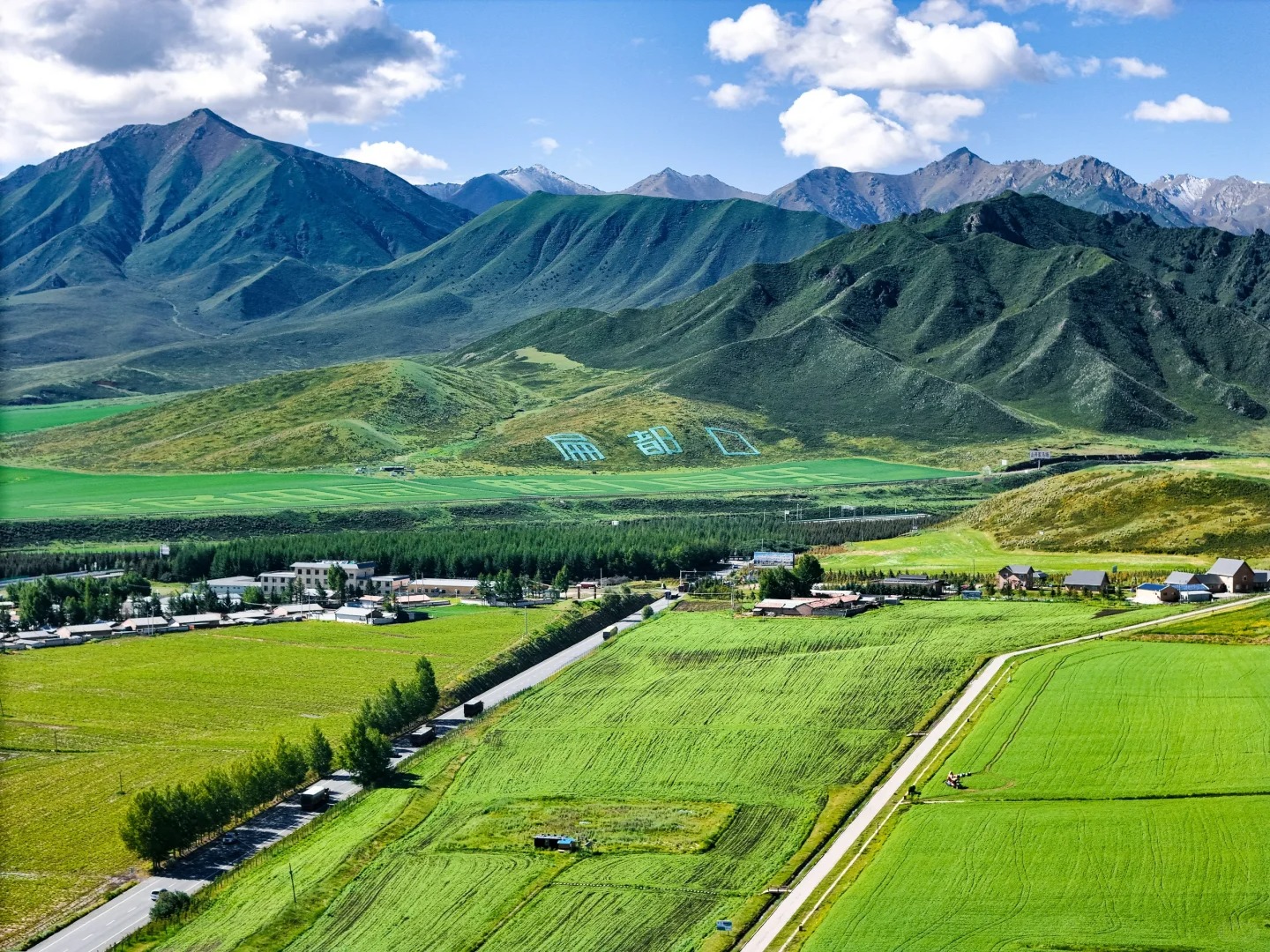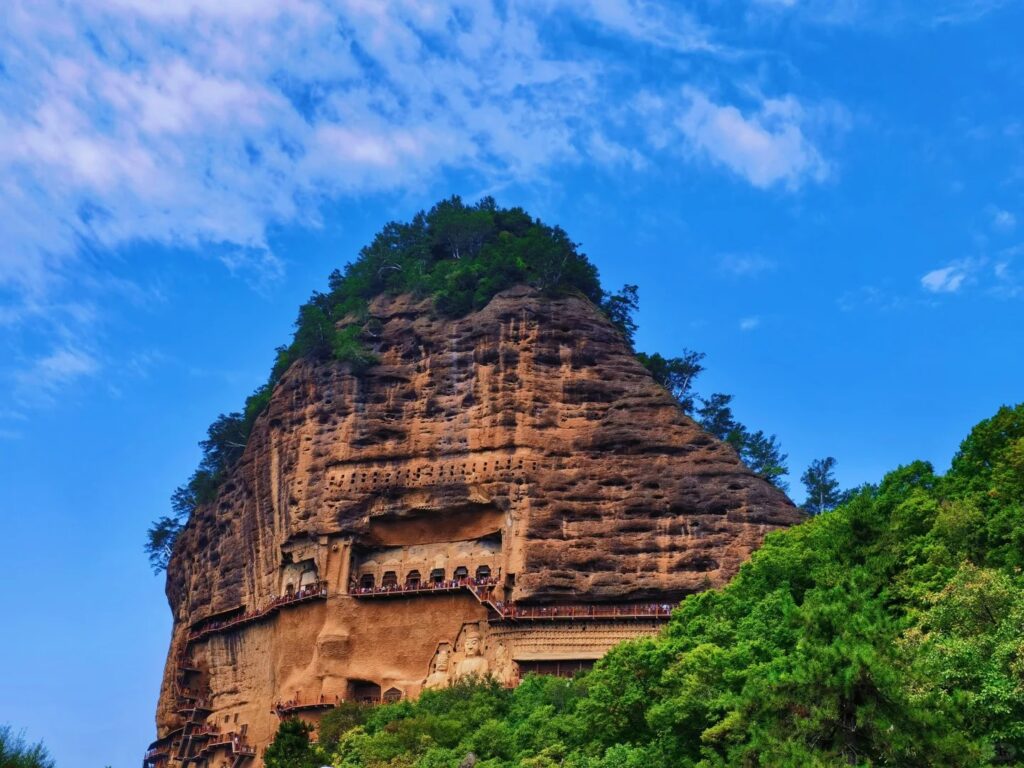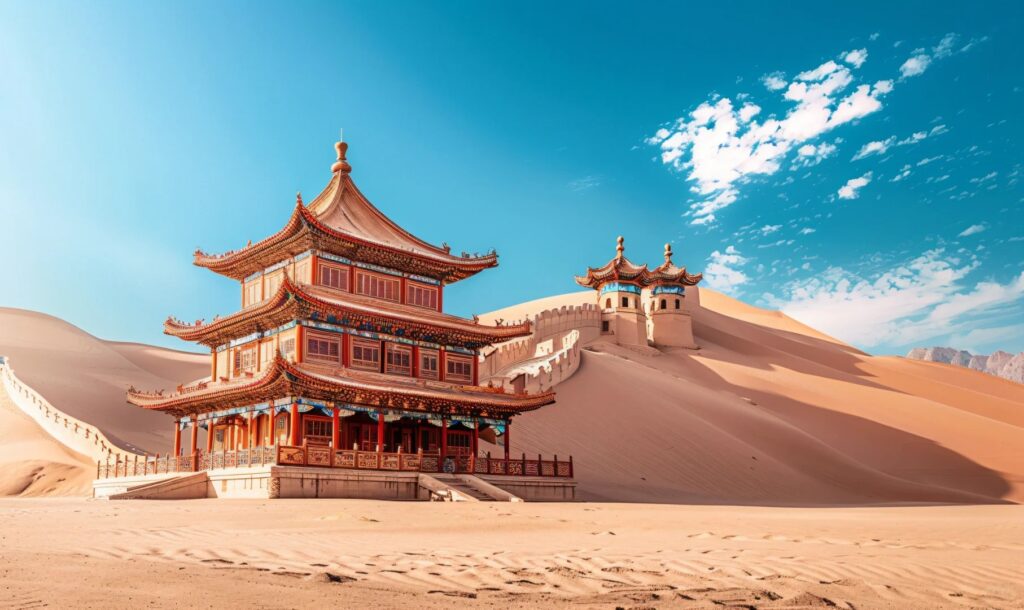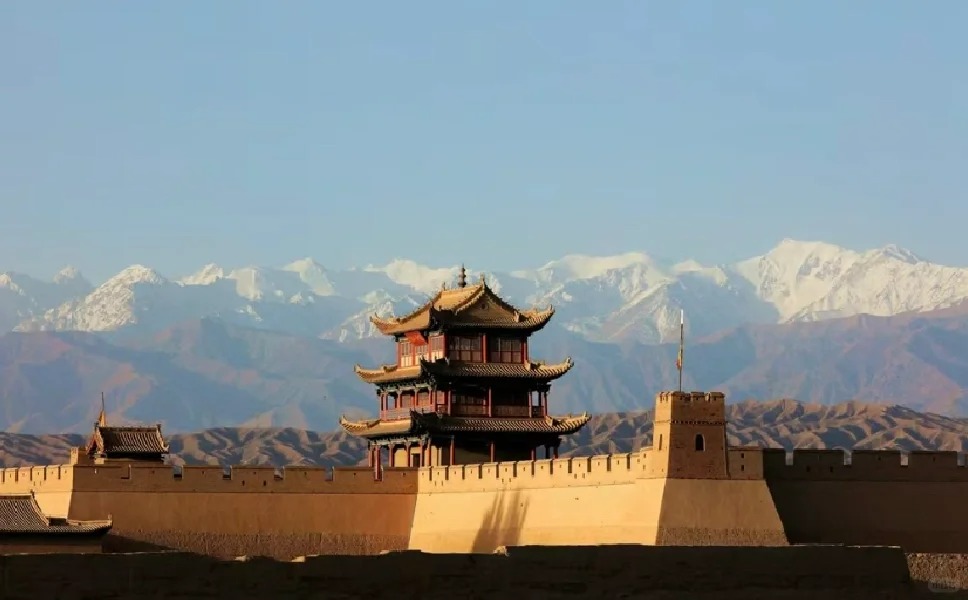Visiting Information
| Information | Details |
|---|---|
| Chinese Name | 祁连山 (Qílián Shān) |
| Location and Address | Northern China, spanning Gansu and Qinghai provinces |
| Opening Time/Hours | Open year-round, but access may be limited in winter |
| Entrance Fee | Varies by specific area; some parts are free, others may charge entrance fees |
| How to Get There | By Metro: Not applicable By Bus: Long-distance buses available from major cities to towns near the mountains By Taxi: Available from nearby cities, but can be expensive for long distances |
| Best Time for Visit | June to September for mild weather and clear skies |
| Contact Info | Varies by specific location; contact local tourism offices for detailed information |
Overview
The Qilian Mountains, also known as Nan Shan, are a major mountain range in northern China that forms the border between Qinghai and Gansu provinces. Stretching for over 800 kilometers, this mountain range is an integral part of the Kunlun Mountain system and plays a crucial role in the region’s ecology, climate, and culture. The Qilian Mountains are known for their diverse landscapes, including snow-capped peaks, glaciers, forests, and grasslands, making them a significant natural wonder and an important ecological barrier in northwestern China.
Historical Background
The Qilian Mountains have a rich history dating back thousands of years. In ancient times, these mountains were known as the Riyue Mountains or Jinshan. They have been an important geographical and cultural boundary throughout Chinese history, often marking the edge of Chinese civilization. The mountains played a crucial role in the development of the Silk Road, serving as a natural barrier and influencing trade routes. Various ethnic groups, including the Qiang, Xiongnu, and later the Tibetans and Mongols, have inhabited or traversed these mountains, leaving behind a diverse cultural legacy. The region has also been significant in Chinese mythology and literature, often depicted as a place of mystery and natural beauty.
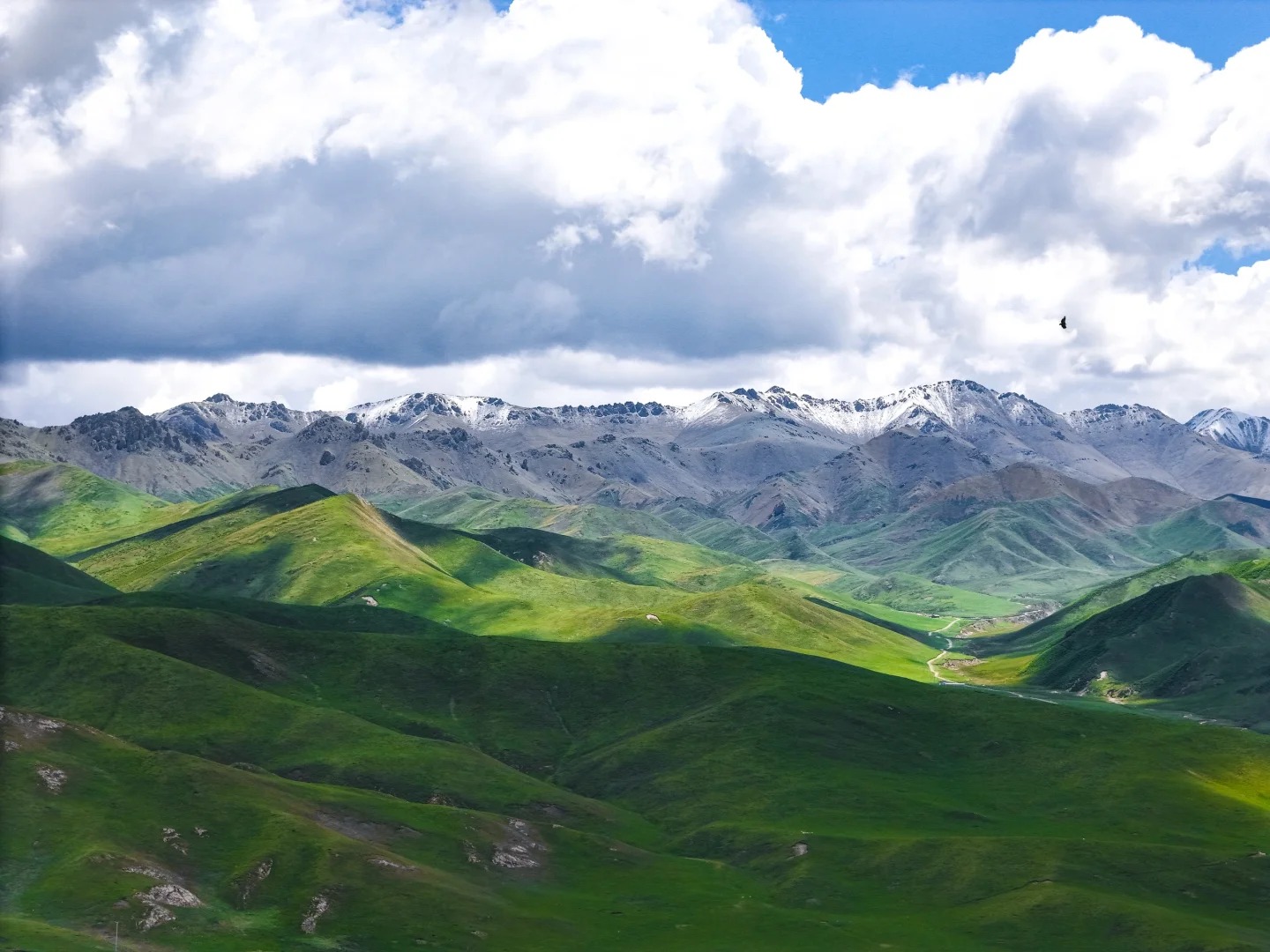
Architectural Features
- Diverse Mountain Topography: The Qilian Mountains showcase a variety of mountain formations. The range includes towering peaks, some reaching heights over 5,500 meters, deep valleys, and expansive plateaus. This diverse topography is a result of complex geological processes, including tectonic uplift and glacial erosion. The varying elevations create distinct ecological zones, each with its unique landscape characteristics.
- Glaciers and Snow Fields: One of the most striking features of the Qilian Mountains is the presence of numerous glaciers and permanent snow fields, particularly at higher elevations. These glaciers play a crucial role in the regional water cycle, feeding major rivers and supporting the ecosystems of the surrounding areas. The glacial landscapes, with their crevasses, moraines, and ice formations, offer a glimpse into the powerful forces that have shaped these mountains over millennia.
- Alpine Meadows and Grasslands: At lower elevations and in valleys, the Qilian Mountains feature extensive alpine meadows and grasslands. These lush, green areas are not only visually striking but also ecologically important, supporting diverse flora and fauna. The meadows are often dotted with colorful wildflowers during the summer months, creating a picturesque landscape that contrasts with the rugged, snow-capped peaks above.
- Forest Ecosystems: The mountain range includes significant forested areas, primarily on the northern slopes. These forests, consisting of various coniferous and deciduous species, form an important part of the mountain ecosystem. They provide habitat for numerous wildlife species and play a crucial role in soil conservation and climate regulation for the region.
Cultural Importance
The Qilian Mountains hold great cultural significance in Chinese history and tradition. They have been revered in various cultures, including Han Chinese, Tibetan, and Mongol, often featuring in myths, legends, and religious practices. The mountains have been considered sacred in Tibetan Buddhism, with several important monasteries and pilgrimage sites located in the region. For centuries, the Qilian Mountains have also been home to various ethnic minority groups, each contributing to the rich cultural tapestry of the area. The traditional lifestyles of nomadic herders and the unique customs of local communities add to the cultural importance of this mountain range. Additionally, the Qilian Mountains have inspired countless artists, poets, and writers throughout Chinese history, cementing their place in the country’s cultural imagination.
Surrounding Attractions
- Zhangye Danxia National Geological Park: Located near the eastern end of the Qilian Mountains, this park is famous for its colorful rock formations known as the “Rainbow Mountains.” The stunning landscape of striped, multicolored sandstone hills offers a unique geological spectacle. Visitors can explore various viewing platforms that provide panoramic views of the surreal, painted-like landscape. The park is not only a visual marvel but also an important site for studying sedimentary rock formations and geological history.
- Qinghai Lake: Situated to the south of the Qilian Mountains, Qinghai Lake is the largest inland saltwater lake in China. This vast blue expanse, surrounded by grasslands and mountains, is a haven for migratory birds and a sacred site for Tibetan Buddhists. Visitors can enjoy activities such as cycling around the lake, bird watching, and experiencing the local Tibetan culture. The lake’s stunning beauty, especially during sunrise and sunset, makes it a popular destination for photographers and nature enthusiasts.
- Jiayuguan Fort: Located at the western end of the Great Wall of China, near the Qilian Mountains, Jiayuguan Fort is a impressive example of ancient Chinese military architecture. This Ming Dynasty fortress, known as the “First and Greatest Pass Under Heaven,” marked the edge of Chinese civilization. Visitors can explore the well-preserved walls, gates, and watchtowers, and learn about the fort’s strategic importance along the Silk Road. The museum within the fort complex offers insights into the history and culture of the region.
- Binggou Danxia Scenic Area: This lesser-known but equally impressive site near Zhangye offers another perspective on the Danxia landforms. Unlike the more colorful formations in Zhangye, Binggou features rugged, castle-like rock structures and deep canyons. The area is known for its unique “ghost city” appearance, especially striking during sunset when the shadows create an otherworldly atmosphere. Hiking trails allow visitors to explore these fascinating geological formations up close.
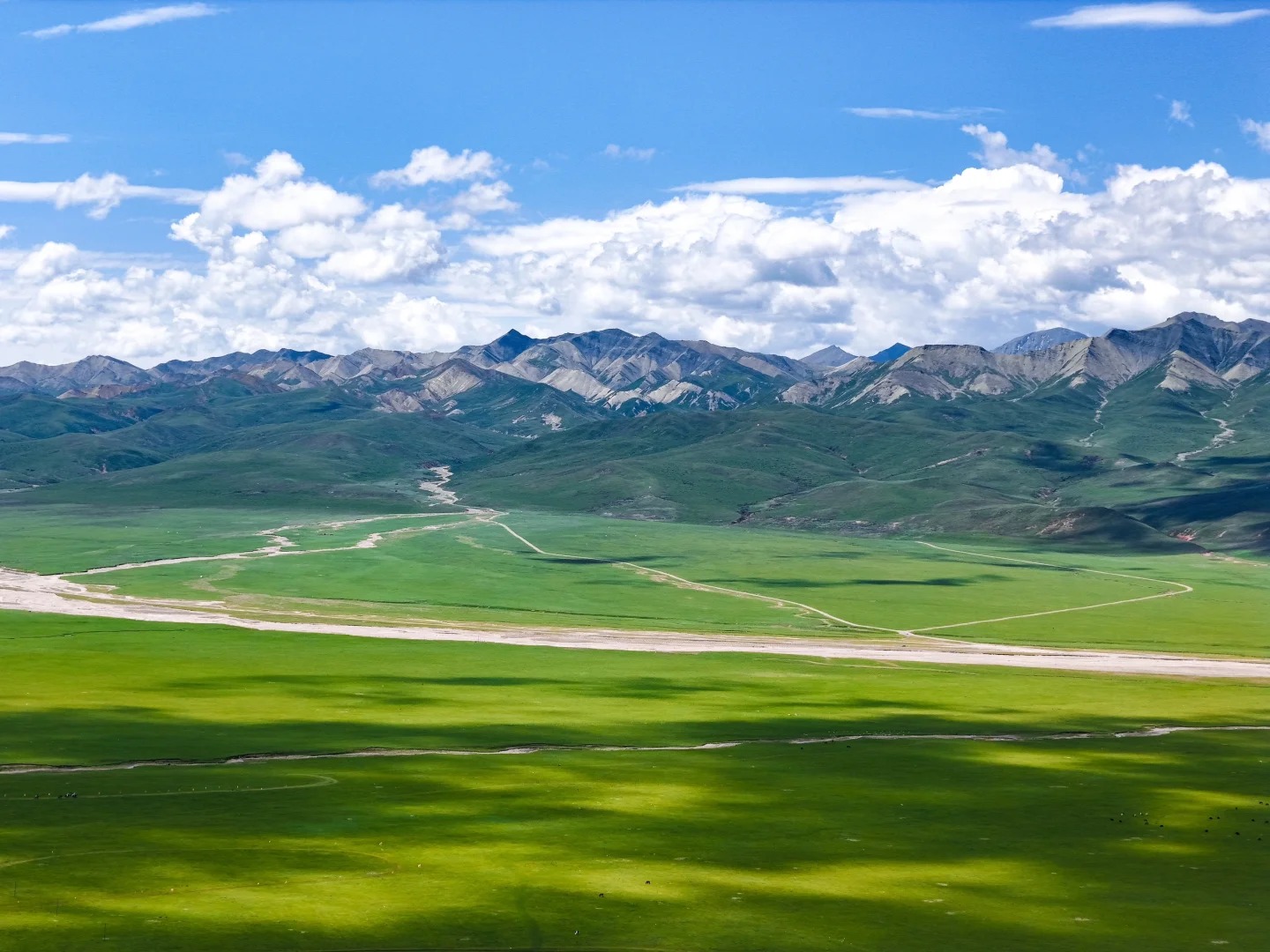
Photography Opportunities
- Mountain Landscapes: The Qilian Mountains offer spectacular opportunities for landscape photography. The range of snow-capped peaks, rolling grasslands, and rugged cliffs provides diverse subjects for photographers. Early morning and late afternoon light can create dramatic shadows and highlight the textures of the mountainsides. Wide-angle lenses are particularly useful for capturing the expansive vistas, while telephoto lenses can isolate interesting details or distant peaks.
- Glacial and Alpine Lake Photography: The numerous glaciers and alpine lakes in the Qilian Mountains offer unique photographic subjects. Reflections of mountains in crystal-clear lakes can create stunning symmetrical compositions. For glacier photography, capturing the blue hues of ice caves or the patterns of crevasses can result in abstract and compelling images. It’s important to be mindful of safety when photographing in these areas and to respect the fragile alpine environment.
- Wildlife and Flora: The diverse ecosystems of the Qilian Mountains support a variety of wildlife and plant species, offering excellent opportunities for nature photography. Patient photographers may capture images of rare animals like the snow leopard or Tibetan antelope. During the summer months, the alpine meadows burst into bloom, creating colorful carpets of wildflowers that make for beautiful macro and wide-angle shots. Early morning or late evening are often the best times for wildlife photography when animals are more active.
- Cultural and Human Interest: The Qilian Mountains region is home to various ethnic groups and traditional lifestyles, providing opportunities for cultural and portrait photography. Capturing images of nomadic herders, local festivals, or traditional Tibetan architecture can offer insights into the human aspect of this mountainous region. It’s important to approach such photography with respect and to seek permission when photographing people or religious sites.
Modern Importance
- Ecological Significance: The Qilian Mountains play a crucial role in maintaining the ecological balance of northwestern China. As a major water source, the mountain range feeds several important river systems, including the Yellow River, through its glaciers and snowmelt. The diverse ecosystems of the mountains, from alpine meadows to forests, support a wide range of plant and animal species, some of which are endangered. Conservation efforts in the Qilian Mountains are vital for preserving biodiversity and combating desertification in the surrounding regions.
- Climate Regulation: The Qilian Mountains significantly influence the regional climate, acting as a natural barrier that affects weather patterns in northwestern China. The mountain range helps to block cold air masses from the north, moderating temperatures in the adjacent areas. Additionally, the glaciers and snow cover of the mountains play a role in regulating local and regional climate, influencing precipitation patterns and water availability in the arid regions to the north and east. Understanding and preserving this climatic function is increasingly important in the context of global climate change.
- Economic Resource: The Qilian Mountains are an important economic resource for the region. The area is rich in mineral deposits, including coal, iron, and various precious metals, contributing to the mining industry. The grasslands of the lower slopes support animal husbandry, particularly yak and sheep farming, which is a significant part of the local economy. Additionally, the natural beauty of the mountains has led to the development of tourism, providing new economic opportunities for local communities. Balancing economic development with environmental protection remains a key challenge for the region.
- Scientific Research: The Qilian Mountains serve as an important site for scientific research across various disciplines. Geologists study the mountain range to understand tectonic processes and the formation of the Tibetan Plateau. Climatologists and glaciologists monitor the glaciers to track climate change impacts and water resource dynamics. Biologists conduct research on the unique flora and fauna of the region, including endangered species. The mountains also provide valuable data for studies on high-altitude ecosystems and their responses to environmental changes, contributing to broader scientific understanding of mountain environments globally.
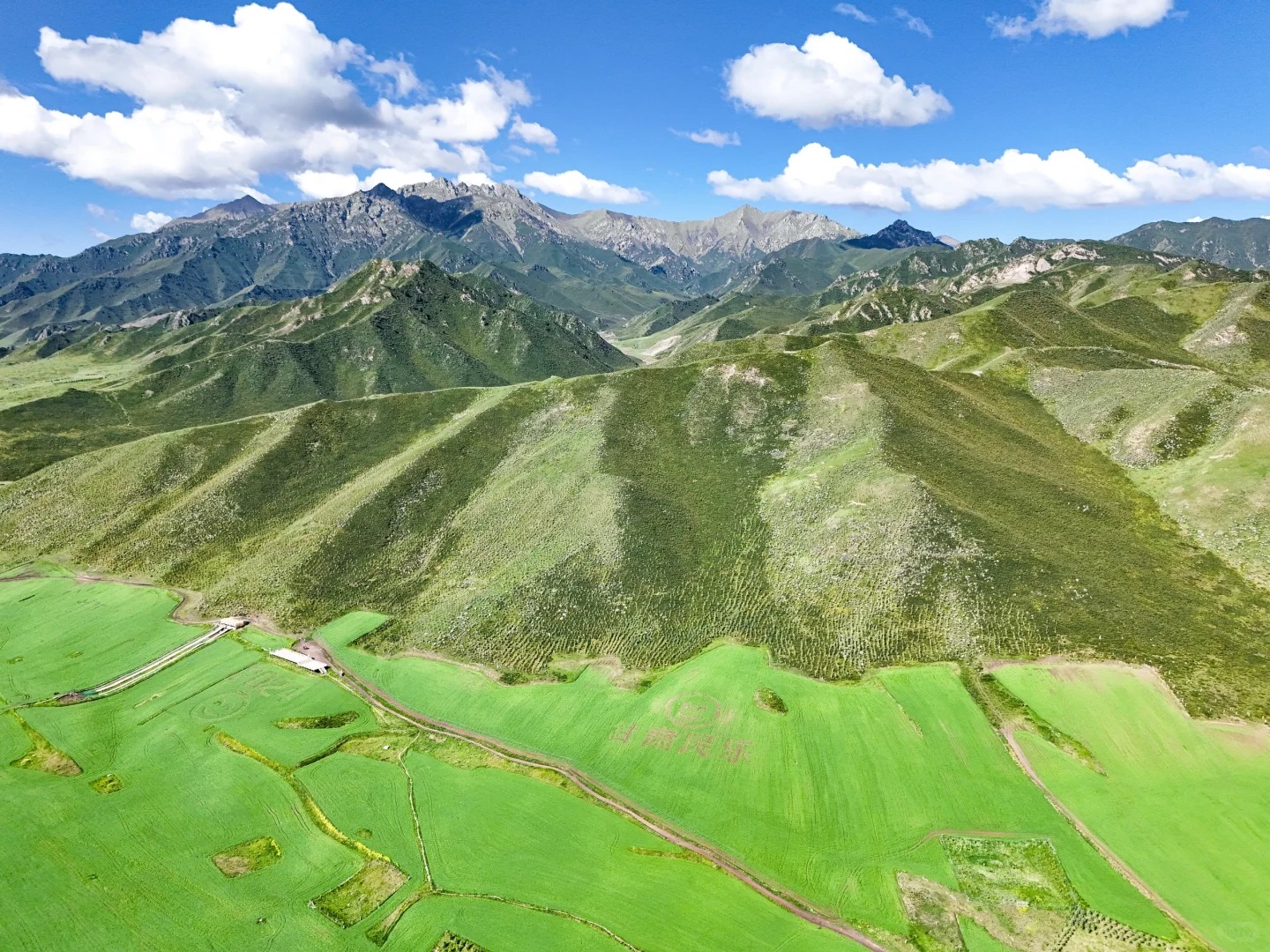
FAQ
- What are the Qilian Mountains famous for?
The Qilian Mountains are famous for their diverse landscapes including snow-capped peaks, glaciers, alpine meadows, and forests. They are known for their ecological importance, serving as a water source for major rivers, and for their rich biodiversity. The mountains are also culturally significant, featuring in Chinese history and mythology. - What’s inside the Qilian Mountains?
The Qilian Mountains contain a variety of natural features including high peaks (some over 5,500 meters), glaciers, alpine lakes, forests, and grasslands. They are home to diverse wildlife, including some endangered species like the snow leopard. The region also includes several protected areas and nature reserves. - Are the Qilian Mountains free?
Access to the Qilian Mountains varies. Some areas are free to visit, while others, particularly protected areas or specific attractions within the mountain range, may charge entrance fees. It’s best to check with local tourism offices for specific information about the area you plan to visit. - Are the Qilian Mountains worth visiting?
Yes, the Qilian Mountains are definitely worth visiting for their stunning natural beauty, diverse landscapes, and cultural significance. They offer unique experiences for nature lovers, hikers, photographers, and those interested in Chinese culture and history. - What to do in the Qilian Mountains?
Activities in the Qilian Mountains include:
1. Hiking and trekking
2. Wildlife watching
3. Photography
4. Visiting glaciers and alpine lakes
5. Exploring local cultural sites and villages
6. Camping (where permitted)
7. Enjoying scenic drives through the mountain passes - How do I get to the Qilian Mountains in the local city?
The Qilian Mountains span a large area, so access points vary. One common approach is through Zhangye city in Gansu Province:
1. Fly or take a train to Zhangye
2. From Zhangye, you can hire a car, join a tour, or take a bus to various parts of the Qilian Mountains
3. Some specific areas, like the Qilian Mountains National Park, have regular bus services from Zhangye - How to visit the Qilian Mountains?
To visit the Qilian Mountains:
1. Plan your trip for summer or early autumn for the best weather
2. Choose specific areas or attractions you want to visit within the mountain range
3. Book accommodation in nearby cities like Zhangye or Xining
4. Arrange transportation (car rental, tour, or public transport where available)
5. Prepare for altitude and varying weather conditions
6. Consider hiring a local guide for more remote or challenging areas
7. Respect local cultures and environmental regulations
8. Allow several days to fully experience the region


